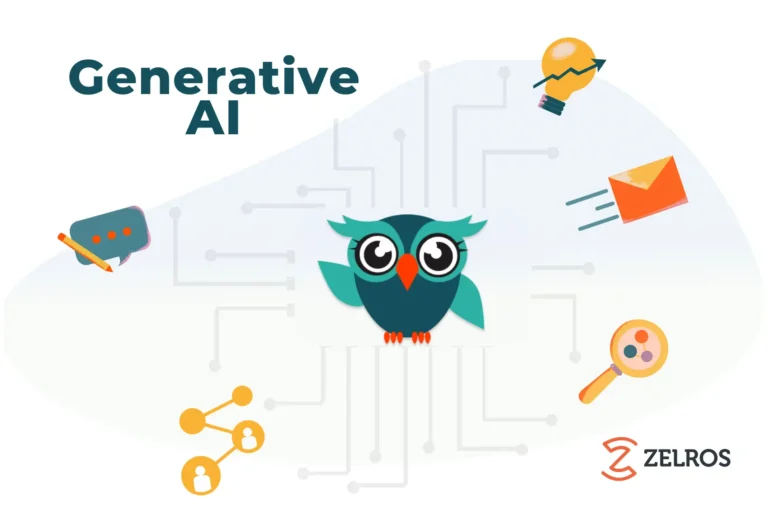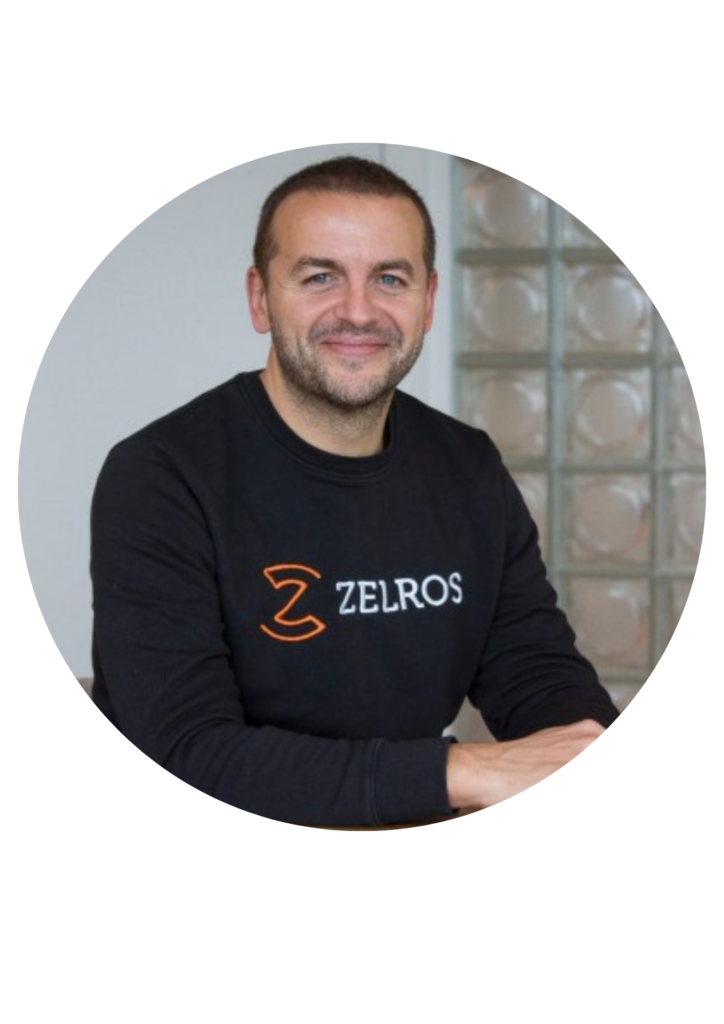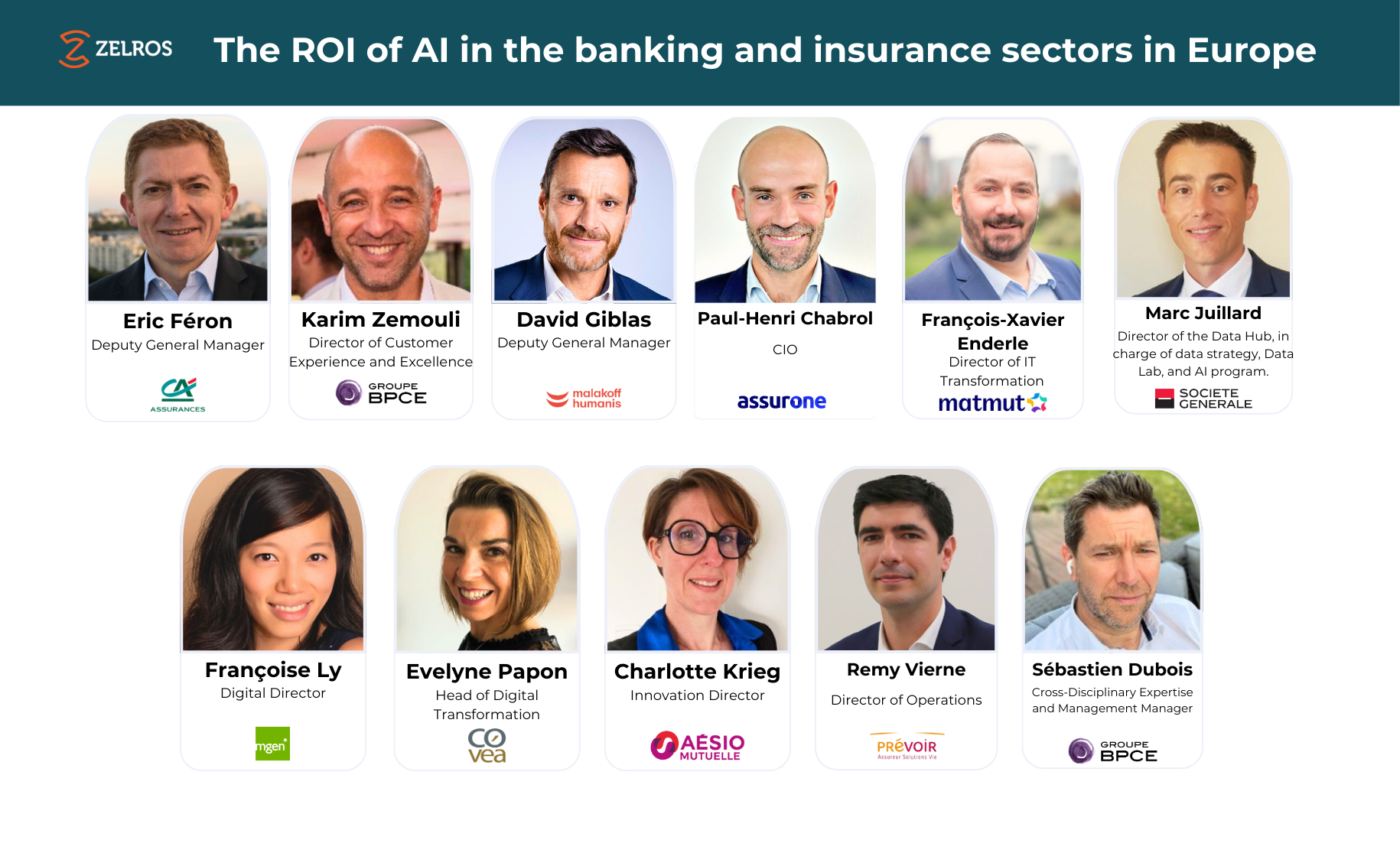Generative AI: The Next Frontier In Personalized Insurance


By: Damien Philippon, COO and Co-Founder
Generative AI is exploding globally. So much so that it is being discussed in company planning meetings everywhere. Why all the buzz, and why now?
Generative AI refers to artificial intelligence that can generate novel content, rather than simply analyzing or acting on existing data. The technology itself is several years old, but it is the powerful convergence of large language models (LLMs) and bigger datasets that now makes it possible for generative AI to create better images, write higher-quality software code, and generate long stretches of (mostly) coherent text. And it’s taking the world by storm.
In fact, it is now possible to productize generative models and bring them to everyday applications, with profound implications for the future of business in 2023 and forward. Most especially in the use of marketing, code generation, conversational, and knowledge management applications.
For example, Microsoft is taking advantage of its cloud infrastructure and exclusive access to OpenAI’s technology (including the addition of ChatGPT to its Azure service), to bring the power of generative models to its users. Adobe is also preparing to integrate generative AI in its video and graphic design tools, and Google has several generative AI products in the works. And while the fast-growing deployment of generative AI in business is prompting appropriate ethical and copyright flags and governance guardrails, especially around what constitutes original and proprietary content, the adoption of generative AI is not slowing down anytime soon.
Why Generative Text is the First Killer Application
The first killer application for generative AI, in terms of commercial adoption, is its ability to produce copywriting—as in AI-generated website copy, social media posts, blog posts, and other marketing-related written content. Beyond this, the broader marketing and sales stacks are poised to be automated with LLMs. We will soon see AI products that can automate outbound emails from sales teams; accurately answer questions from prospects about a product; handle email correspondence with prospective consumers as they move through the sales funnel; provide real-time coaching and feedback to human sales agents on calls; summarize sales discussions and suggest next steps; and more.
As more of the sales process is automated, human representatives are freed up to focus on the uniquely human aspects of selling, like customer empathy and relationship building. You can understand, then, the growing interest of CTOs, CIOs, and sales and marketing leaders to deploy these AI tools in the service of providing superior customer experiences.
How Generative AI Will Transform the Insurance Industry
The insurance industry’s ability to personalize the customer experience has relied on agents and marketing teams using their brain power, skills, and industry tools to connect the dots and differentiate their customer service from the competition. Now, adding the exponential value gains of generative AI into the mix has the potential to amplify the power of recommendation engines, at scale, to take personalization to a whole new level—across every single customer touch point—without requiring human interaction.
At Zelros, for example, we see the limitations of deploying generative AI as being bound only by our ability to creatively reinvent the consumer experience for insurance customers everywhere. Generative AI exploits—in a game changing way—the power of our most valuable resource: human language.
A November 2022 article in Forbes titled, The Biggest Opportunity in Generative AI Is Language, Not Images, summed this up perfectly:
“Language is humanity’s single most important invention. More than anything else, it is what sets us apart from every other species on the planet. Language enables us to reason abstractly, to develop complex ideas about what the world is and could be, to communicate these ideas to one another, and to build on them across generations and geographies. Almost nothing about modern civilization would be possible without language.”
It is not surprising that the insurance industry has been slow to adopt digital technology transformations in general: insurance products are complex, difficult to sell, and bound by regulations. Taking technological leaps forward is slower in this industry than most. For example, Zelros will not be integrating overnight the latest AI technology like ChatGPT into our product’s direct-to-consumers interactions. We are necessarily deliberate, cautious, and pragmatic in our product development, but we also challenge ourselves everyday by asking, “Why not insurance, and why not now?”
That said, Zelros has already imagined the future with generative AI. We see this technology as radically reinventing the relationships between insurance companies and their consumers. Our mission is to fight the insurance protection gap by proactively educating consumers away from buying the lowest priced coverage to buying the best protection. So, like generative AI, we are not slowing down.
Our Generative AI Roadmap Forward
Taking recommendations to the next level. Zelros plans to create messaging that becomes more and more relevant to consumers, accessing generative AI to produce personalized messages on a case-by-case basis. For example, tailoring messaging to a consumer who lives in Florida, has three kids, owns a swimming pool, and likes traveling abroad. Whether insurers reach out to their customers directly online or through agents, Zelros will help ensure the protection offered is simply better.
Generating personalized outbound campaigns. We know that email campaigns suffer from very low click rates, typically because the email content is not engaging nor customized to the recipient. Zelros will forever change insurers’ email campaigns by producing consistent, relevant content that delights them. Consumers will be better protected because the coverage will be a more personalized match.
Educating agents and consumers about products in natural language. The best protection starts with a precise knowledge of insurance products, what’s covered, and what is not. We now know that the day is coming when a human will be able to ask a machine in plain, natural language whether a specific consumer situation is covered or not–and whether this policy is more suitable than the next.
Harvesting data, harvesting again, then harvesting more. A component of generative AI uses Foundation Models (FMs), models trained on large volumes of data that can generalize new tasks without any task-specific finetuning–and do it at scale. Zelros sees this as an advantage in analyzing, cleaning, and extracting meaningful insights from complex unstructured data sources. And we expect to see a virtuous loop where FMs help generate data that will feed other FMs to generate insights.
In Conclusion
Technology for technology’s sake does not add value. The real value lies in its ability to help solve real world business challenges. In this respect, we see the potential for ChatGPT to become one of several new tools to help us deliver on our mission. Our product development roadmap is also fueled by solutions to help solve critical insurance distribution challenges facing insurers. No doubt generative AI will play a key role moving forward. As always, Zelros looks forward to leading the way with smarter and smarter AI integration that puts insurers and their consumers first.
Stay tuned!

